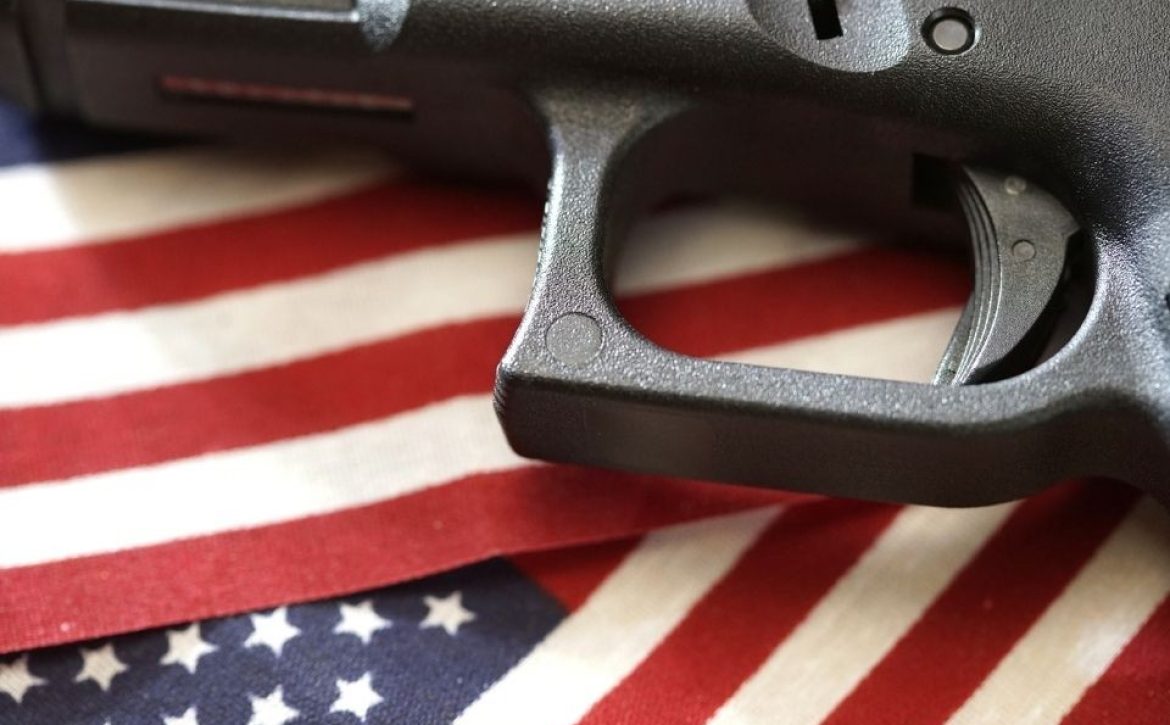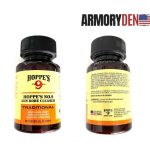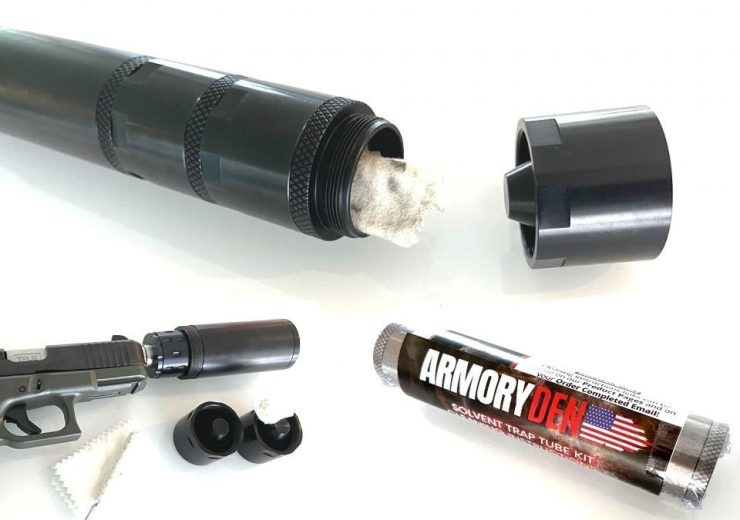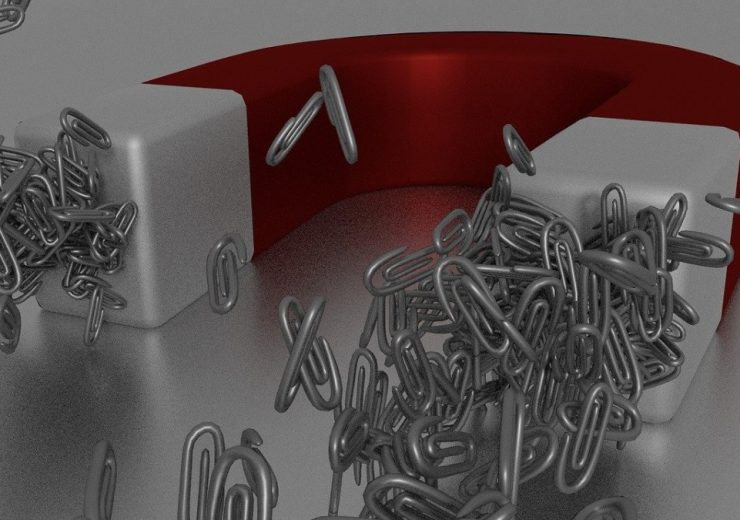The Proper Way of Removing Rust from Your Firearm
Rust not only degrades your firearms physically, but it also poses several performance and safety issues. It is inevitable because firearms are made of metal and are bound to be in contact with various types of liquids. Rust develops in firearms because certain ammunition contains corrosive chemicals that contain salts like copper and lead. When metal mixes with salt and humidity, it can accelerate corrosion and rust, especially if you don’t lubricate your firearms properly.
Sweat is another major cause of rust as it contains all the favorable elements for rusting and corrosion in a firearm. Whether it is sweat, humidity, or chemical solvents used to clean a firearm causing the rust, you have no control over how rust gets into your firearm. However, you can remove it effectively and efficiently. We’ll have a look at how to effectively remove rust from a firearm and maintain excellent performance over a long period.
What Happens When Firearms Get Rusty?
Rust deteriorates your firearms and makes them look old and unattractive. It also poses several performance and safety concerns, risking your life and those around you. The drag on rough rusty surfaces increases friction and pressure while operating your firearm, rendering it unsafe to shoot.
After shooting a cartridge, the firearm’s system must extract it and eject it. A dirty, rusty, or corroded firearm may not discharge the used cartridge. You then load a firearm with a live round and shove it into the base of the ejected cartridge, potentially causing it to explode.
The Proper Way of Removing Rust from Your Firearm
Sadly, most firearm owners start worrying about rust after it’s a little late rather than preventing it in the first place. There are a few proven ways to get rid of rust from your firearm without damaging it. Coupled with proper storage, here is a step-by-step guide to properly rid your firearm of rust back to that good as new state.
1. Take Your Firearm Apart
Firearms have many parts. Sometimes the inner parts catch rust and need cleaning as well. So the first step to properly ridding your firearm of rust is to separate its parts to get proper access to the rusty areas. You should also ensure that you unload your firearm to avoid accidents. Taking the firearm apart will ensure zero chances of safety hazards.
2. Remove Oxidation
Removing oxidation is critical to a rust-free firearm without destroying the blue finish. You can achieve this with readily available products like vinegar and baking soda. If you are dealing with a small patch of rust, you can spray the part or submerge it in vinegar for about half an hour. The bigger the rust patch, the longer the soaking time. This process can get rid of the rust completely. You can remove the parts and scrub with an abrasive material like sandpaper or steel wool, then rinse in water.
3. Clean Using a Recommended Firearm Cleaning Solution or Oil
Sometimes the rust patch won’t come out easily, so you need to go all the way with a cleaning solvent and firearm oil.
Begin by generously applying a layer of light firearm oil to the rusted areas and working it into the nooks and crannies to address any oxidized regions. Allow the oil to sit for a few minutes to reduce the rust’s grip on the surface, which will improve the oil-rust contact. The rust will loosen its grip on the firearm as a result. Then, wipe the surface with a cotton cloth.
We also recommend using WD-40 to remove rust from your firearm because of its moisture displacement and rust-preventing properties. This method is quite straightforward. Place the firearm on a flat surface. Spray the WD-40 solution on the rusted region. Allow the solution to sit on the rust for 24 hours before re-spraying it. Wipe the firearm’s surface with a rag or napkin, and it’s as good as new.
4. Scrub It
Choose an abrasive tool like a toothbrush or a steel wool pad to work the oil and remove the rust. Then, using steel wool and firearm cleaner, lightly rub the rusted area. After some time, wipe it with napkins and properly inspect it for any more rust. Try not to apply too much pressure to avoid ruining the firearm’s protective finish.
If the rust persists, repeat the process until the firearm is rust-free.
5. Rinse Your Firearm
After all the cleaning is over, rinse the firearm parts in warm water to remove all the dirt. Then, get your firearm lubricants and thoroughly oil the parts to avoid exposing the bare metal to the elements. This step is crucial because rust ruins the firearm’s bluing finish. Leaving your firearm bare will still put it at risk of rusting even faster because of all the scrubbing you did when cleaning it.
Preventative Measures to Protect Your Firearm from Rust
Some of the most effective preventive measures to protect your firearm from rust include:
Regular Cleaning
If you’re going to the range with corrosive ammunition, make sure to disassemble and flush your firearm with warm water every time. This will remove the salts that would cause your firearm to corrode and rust. Before putting it away, make sure it has completely dried.
Regular cleaning of the firearm helps remove any corrosive compounds that may have settled inside it and aren’t easy to remove. Many firearm cleaning kits are available for you to help get the job done properly.
Lubrication
Oiling your firearm is the greatest way to avoid oxidation. It prevents water from accumulating on the surface and hence slowing down the rusting process.
Proper Storage
Keeping your firearm in a clean, dry case can protect it from moisture, grime, and corrosive elements that might cause it to rust. Find a protective firearm case with a watertight design to help prevent moisture from seeping in.
While following the above step-by-step process of removing rust from your firearms, you should consider using a solvent trap for the best dirt trapping results. Armory Den’s solvent traps are useful for catching lubes, bore cleaners, and other solvents, and for catching rust debris when cleaning your firearm. This will help you avoid rusting on your firearms and reduce the cost of maintenance.
Notice: Please be advised that this article is for information purposes only and Armory Den, Inc., Armory Den, and/or Armoryden.com, does not accept liability for any negligence, injury, death or other personal or environmental consequences that occur from the sourced and unsourced information in this article.






